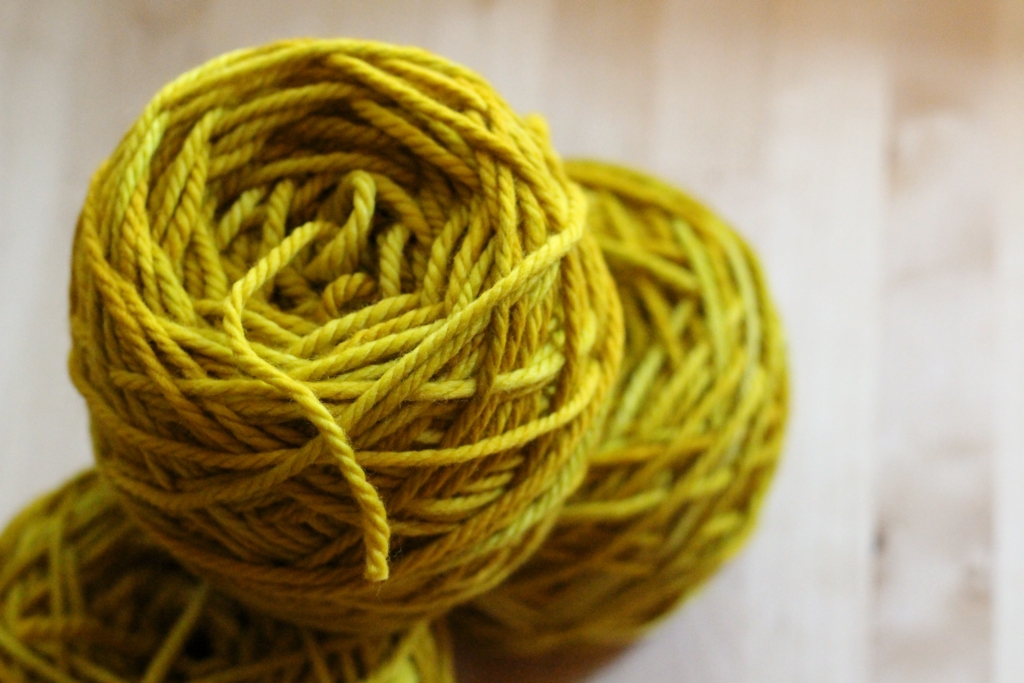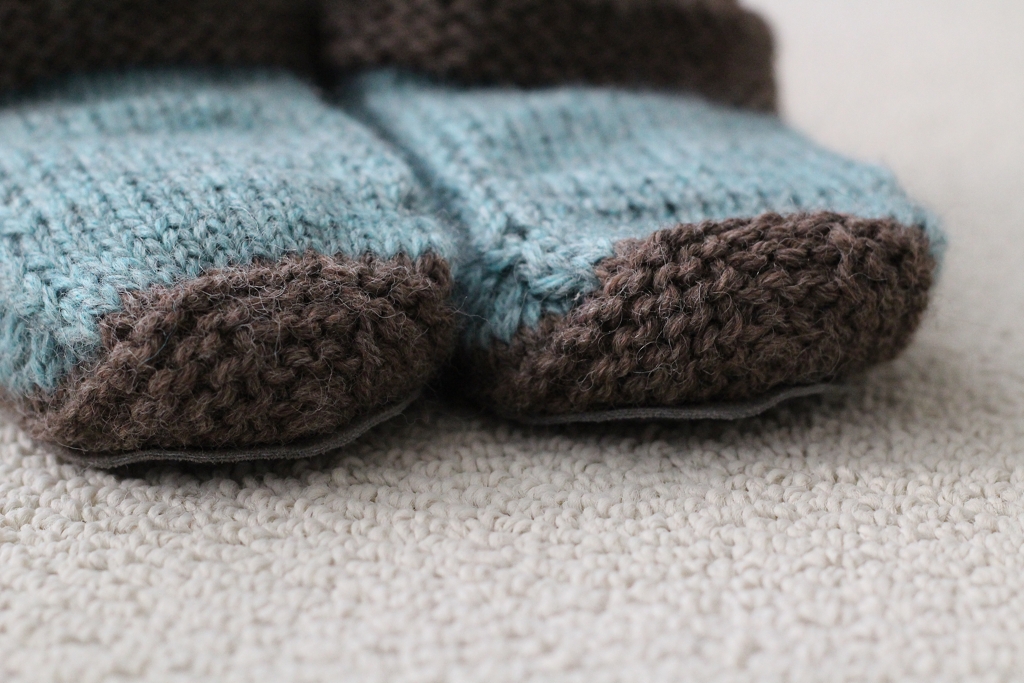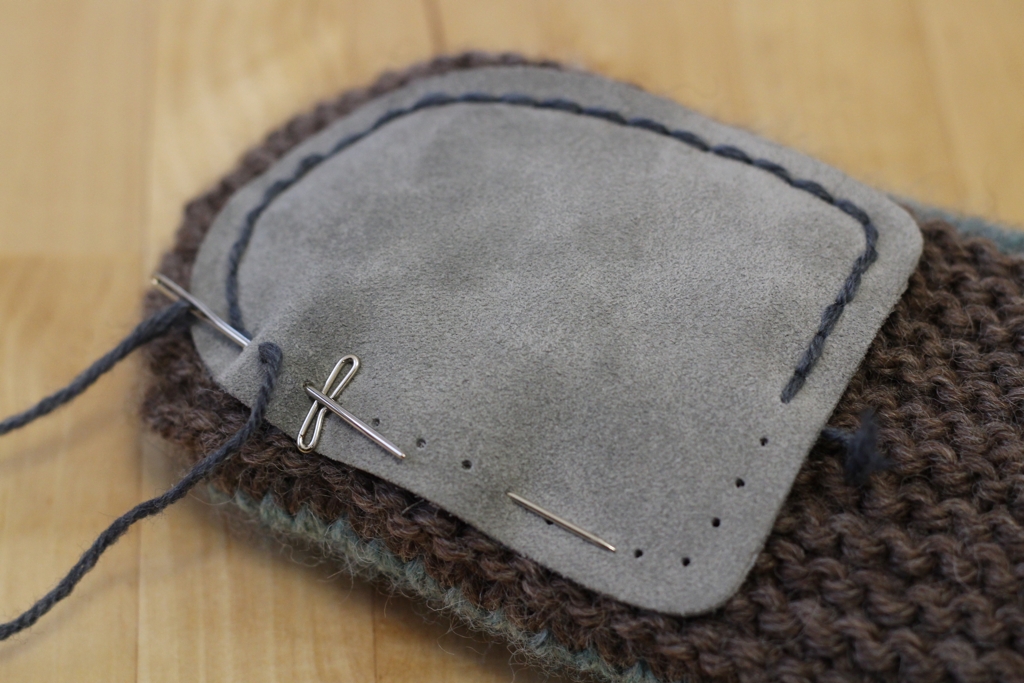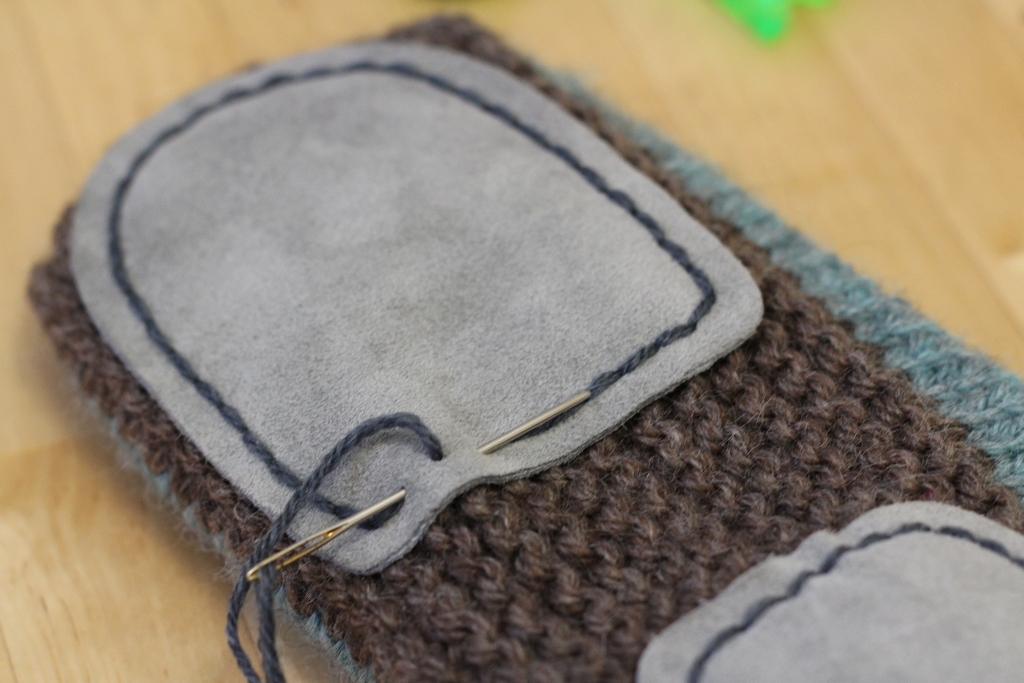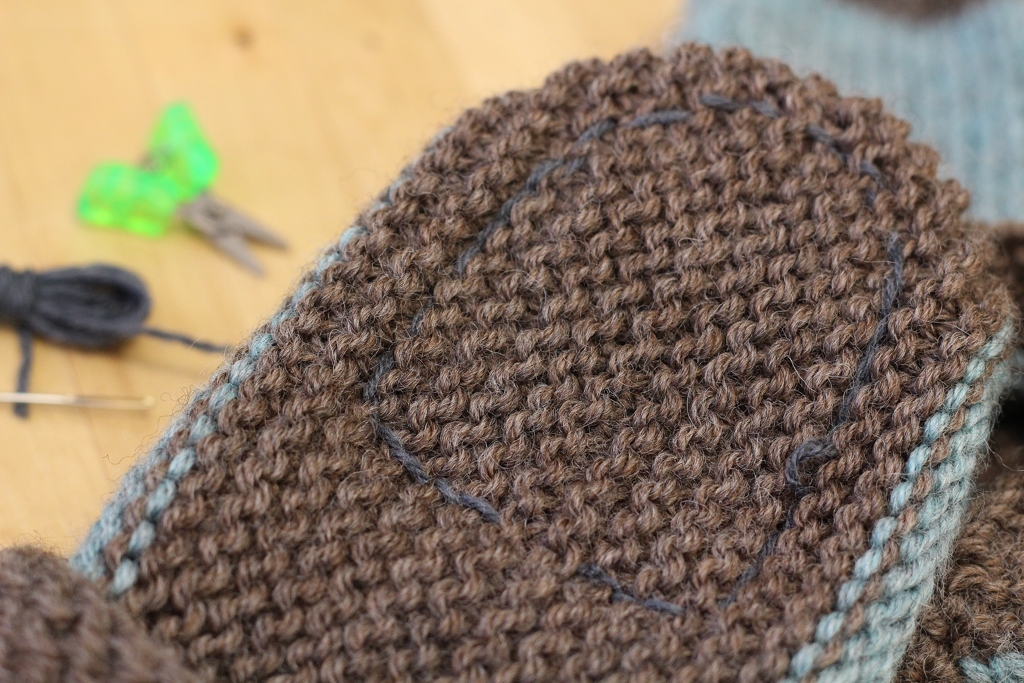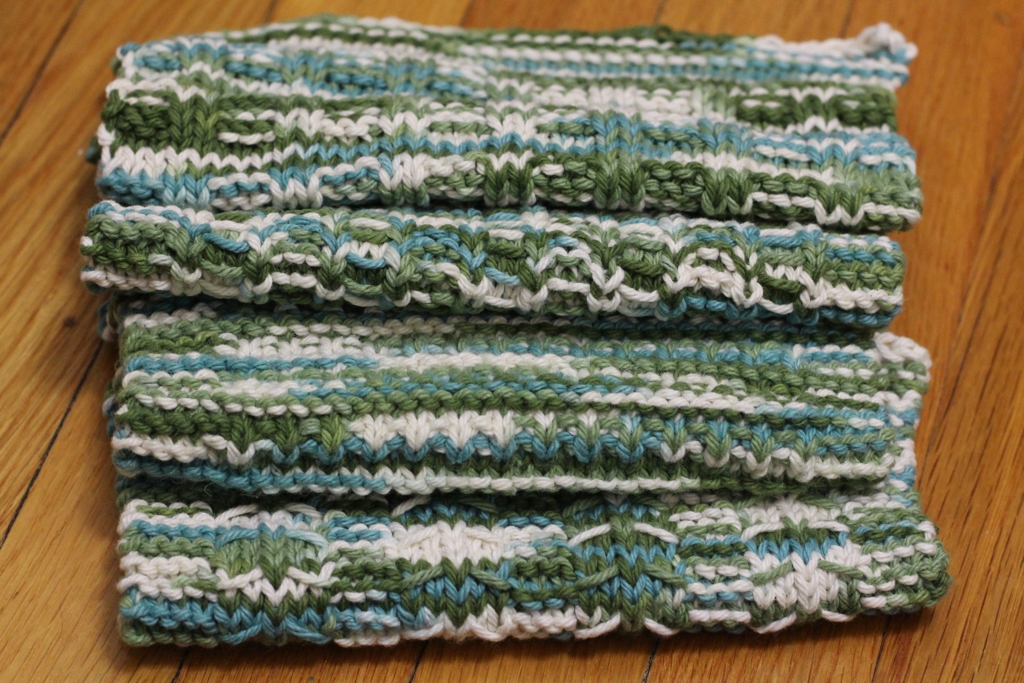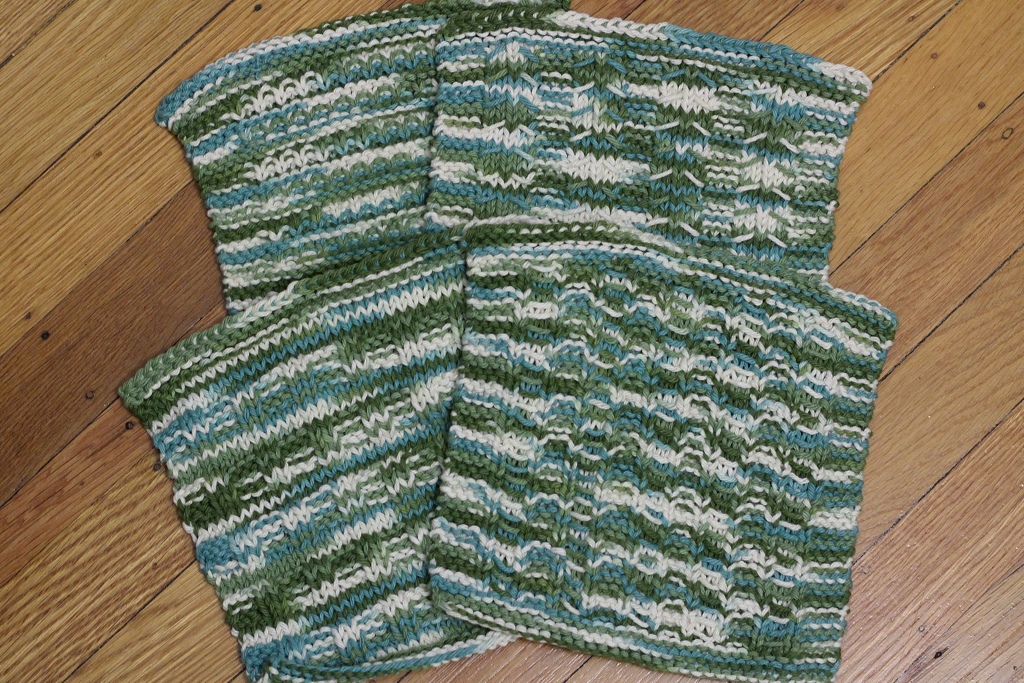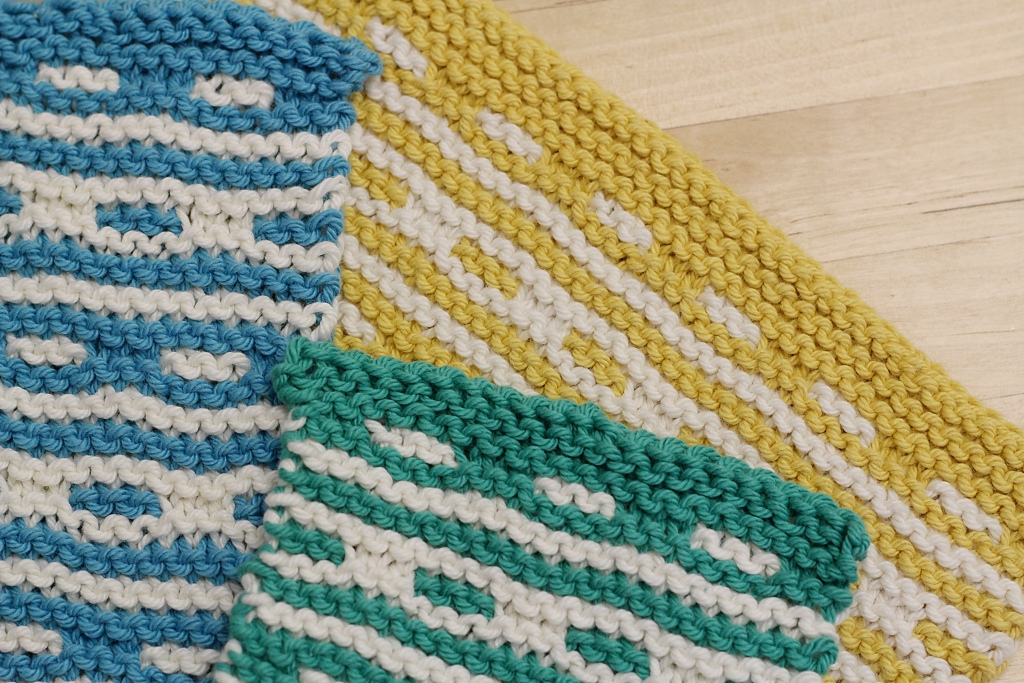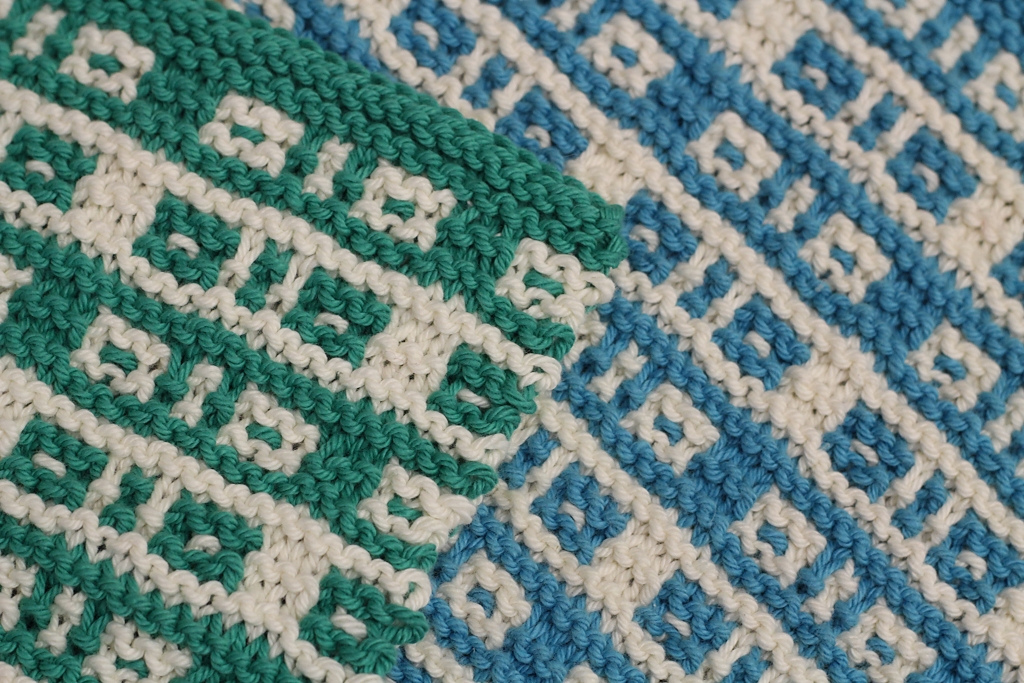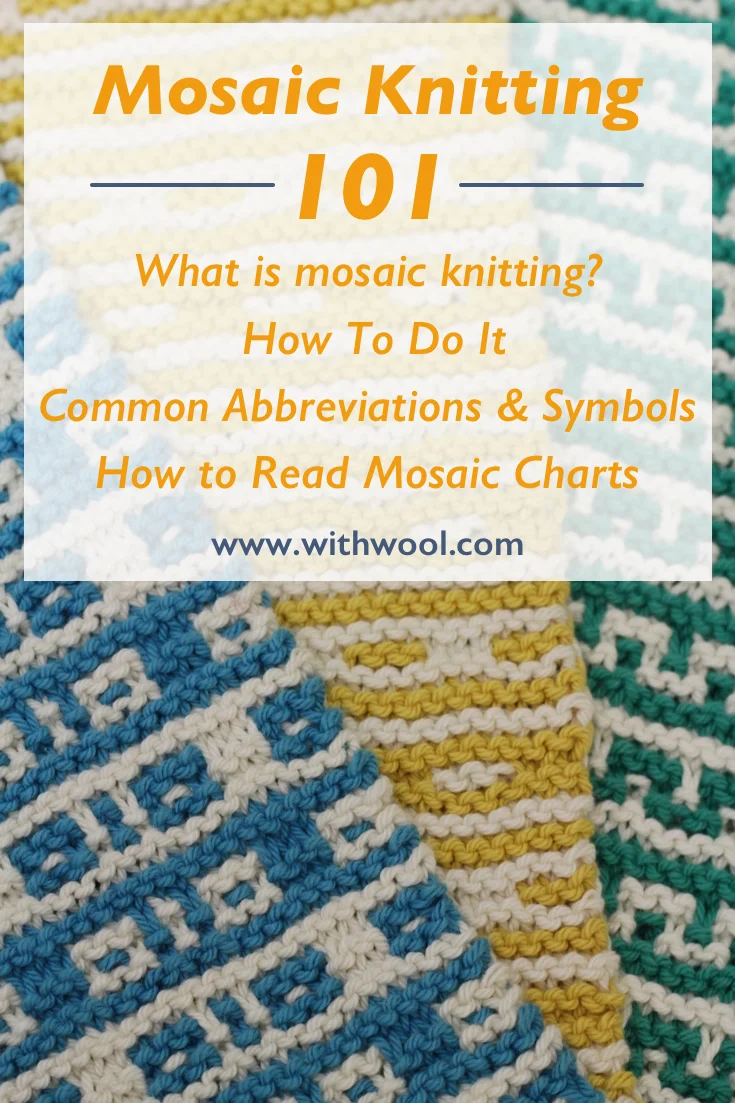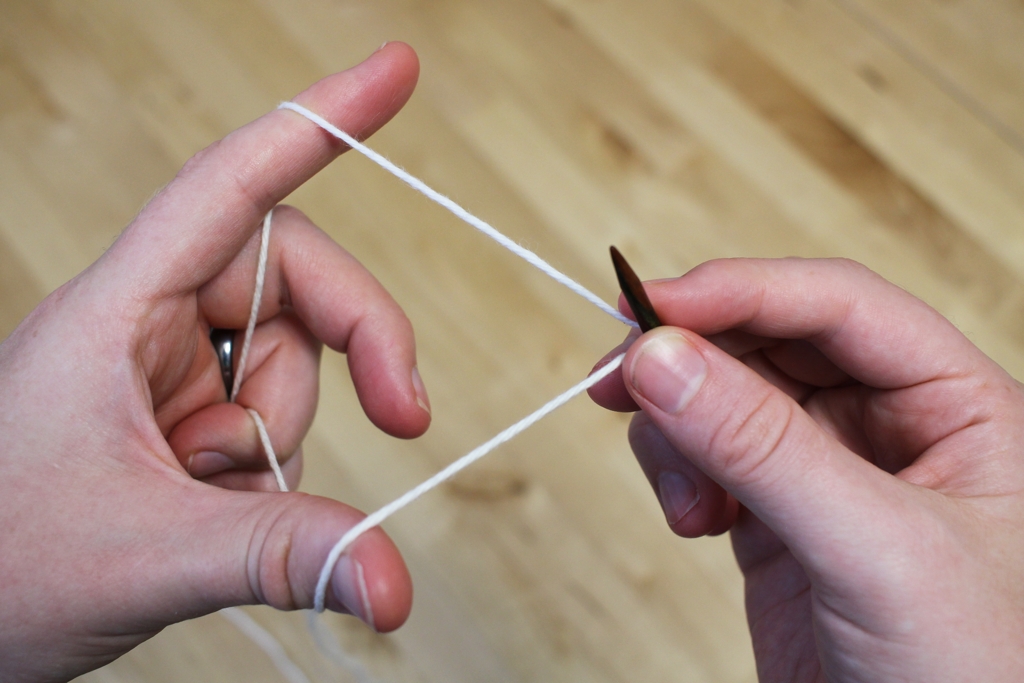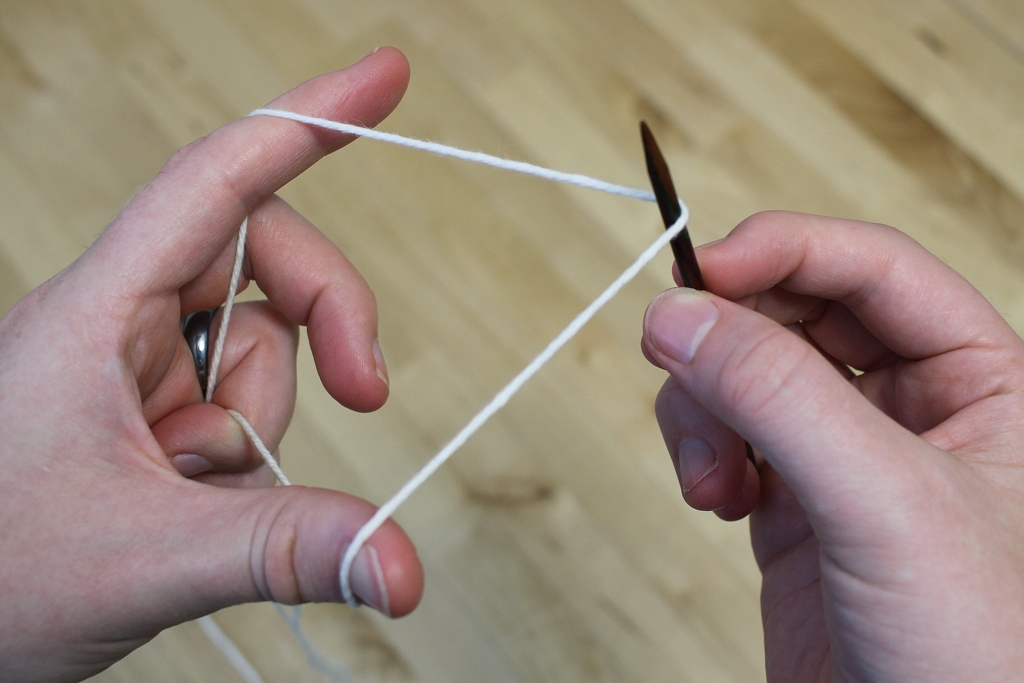Knit All The Things!
/There was a terrible, no good, absolutely rotten time when I could not knit or spin because of stitches and doctor’s orders. Thankfully that time is now over! To make up the two weeks when all I do was longingly pet yarn and plan what to do with it, I’ve been finishing and casting on for all the things.
My almost finished Fructose Hat was the first thing I picked up after my stitches came out. I was working my way through the crown decreases when I had to put it down. Knowing that I was so close to a finished hat that I could’ve been wearing was incredibly annoying. All that was standing between me and a finished hat was a few rows of decreases. It was so tempting to finish the hat during my knitting hiatus - doctor’s orders be damned - but I didn’t. Thought about it though.
Anyway, the hat and I went out to lunch Friday. I was 4 rows away from cutting the yarn and pulling it through the last stitches when my food arrived. Hunger and tasty Indian food won out so the hat had to wait until I got back home. Worth it. I still need to wash and block the hat but at least the knitting is done.
With the hat off the needles, I pulled out a cone of cotton and cast on for the Garterlac Dishcloth that I’m modifying to make a kitchen towel. I’ve knit this pattern before and it does great things to variegated yarn. The last cloths were a gift and it’s past time to make some for my own kitchen.
This is only the second or third time that I’ve knit entrelac and it’s still addicting to make square after square. I don’t even mind picking up stitches to do it. Shocking, I know. Plus, each square has been pretty good bribery. Whenever I cross something of my to-do list, I get to knit a square. Makes for slower knitting, but a completed list at the end of the day.
This time around I cast on using the increasing base triangle method which starts with just one stitch. It’s not any easier than casting on all the stitches for the bottom edge in one go, but it is a lot more flexible.
These socks have been hanging out in my purse for way too long. They’re still purse knitting for the time being because there’s still a few inches to put on the second cuff. If I can put in a few rows between garterlac squares, this pair should be on my feet soon enough.
And the most recent cast on. I’m swatching for a secret project so this is all I can show you for a bit. I can say that it involves some fun cables.
I might be going overboard with the knitting to make up for the two week hiatus, but I regret nothing. I had a winding party Monday night and wound these three skeins of Malabrigo Chunky in Frank Ochre. The plan for them is to knit the Vertigo Cowl; I feel in love with the shop sample years ago but didn’t get the yarn until last week. Once I finish that green swatch, casting on for Vertigo will be my reward. Sounds like good bribery to swatch right?





